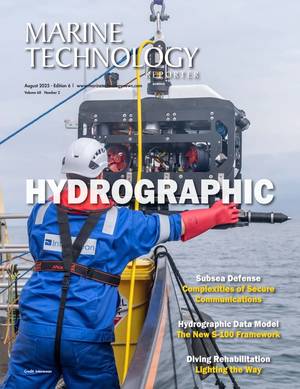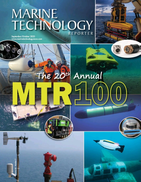Oil Leaking from USS Arizona Could Provide Guidance for Thousands of WWII Shipwrecks
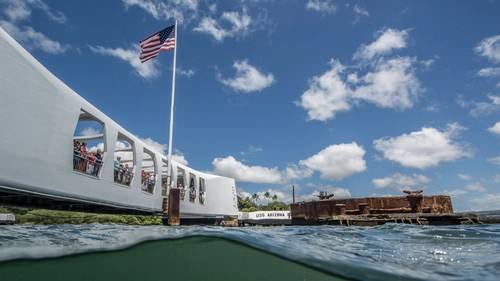
The Flag of the United States of America over the site of the USS Arizona Memorial. The findings underscore the USS Arizona’s dual role as a solemn memorial and a “living laboratory.” (Photo by Brett Seymour, NPS Submerged Resources Center)
A new study published in Marine Pollution Bulletin shows that oil is still seeping from the wreck of the USS Arizona, more than 80 years after its sinking at Pearl Harbor. The study focuses on samples collected by the National Park Service in 2016 and 2018.
Researchers, led by the University of Houston and Woods Hole Oceanographic Institution (WHOI), analyzed oil samples collected from multiple leak points on the sunken battleship, using advanced molecular fingerprinting techniques. The results confirm the oil is a heavy fuel oil refined from California crude, consistent with U.S. Navy fueling practices in the early 1940s. Despite being underwater for decades, the oil retains high concentrations of polycyclic aromatic hydrocarbons (PAHs), compounds known for their persistence and potential toxicity.
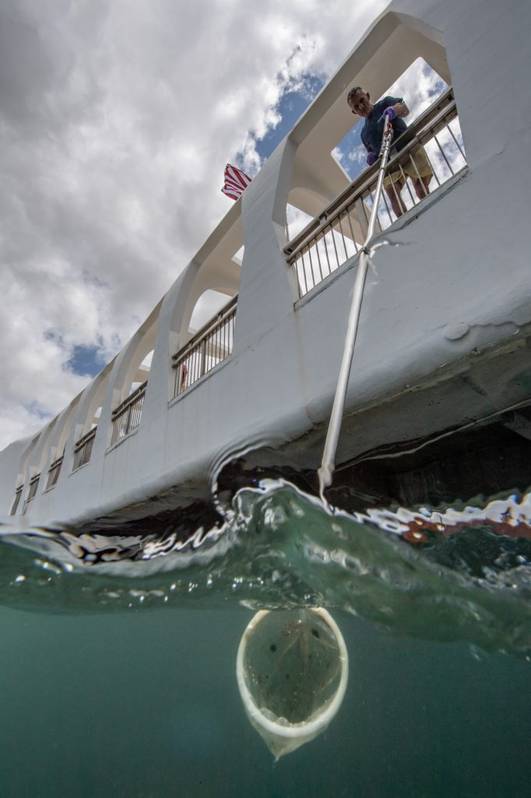 WHOI Marine Chemist Chris Reddy collects oil samples from the USS Arizona Memorial in 2018. (Photo by Brett Seymour, NPS Submerged Resources Center)
WHOI Marine Chemist Chris Reddy collects oil samples from the USS Arizona Memorial in 2018. (Photo by Brett Seymour, NPS Submerged Resources Center)
Researchers also found that the chemical composition of the oil varies depending on the leak location, reflecting differing degrees of natural “weathering” processes, including microbial biodegradation and dissolution. While lighter compounds are gradually breaking down, key petroleum biomarkers remain intact, allowing scientists to trace the oil’s source and behavior over time.
Although the oil seeping from the USS Arizona comes from the same shipping fuel, it changes chemically before it escapes,” said Jagoš Radović, University of Houston research associate professor and lead author of the study. “As it moves through the maze of wreckage, it encounters varying oxygen levels, water flow, and microbial activity, shaping the oil’s chemistry and giving each leak a unique fingerprint.”
The findings underscore the USS Arizona’s dual role as a solemn war grave and a “living laboratory” for understanding the long-term fate of petroleum trapped in shipwrecks. With an estimated 600,000 gallons of oil still on board, the research highlights the importance of ongoing monitoring and preparedness at the site.
More broadly, the study has global significance. Thousands of World War II-era wrecks, containing millions of gallons of unrecovered fuel, rest on ocean floors worldwide, many in nearshore environments. The USS Arizona offers a unique insight into how oil behaves over decades in low-oxygen, submerged conditions, informing modern spill response strategies and environmental risk assessments.
The research was led by a team from the University of Houston, Woods Hole Oceanographic Institution, the U.S. Coast Guard Academy, the National Park Service, Western Washington University, UC Santa Barbara, Northeastern University, and Appalachian State University.

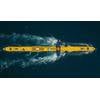
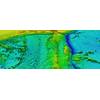


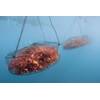










 August 2025
August 2025
